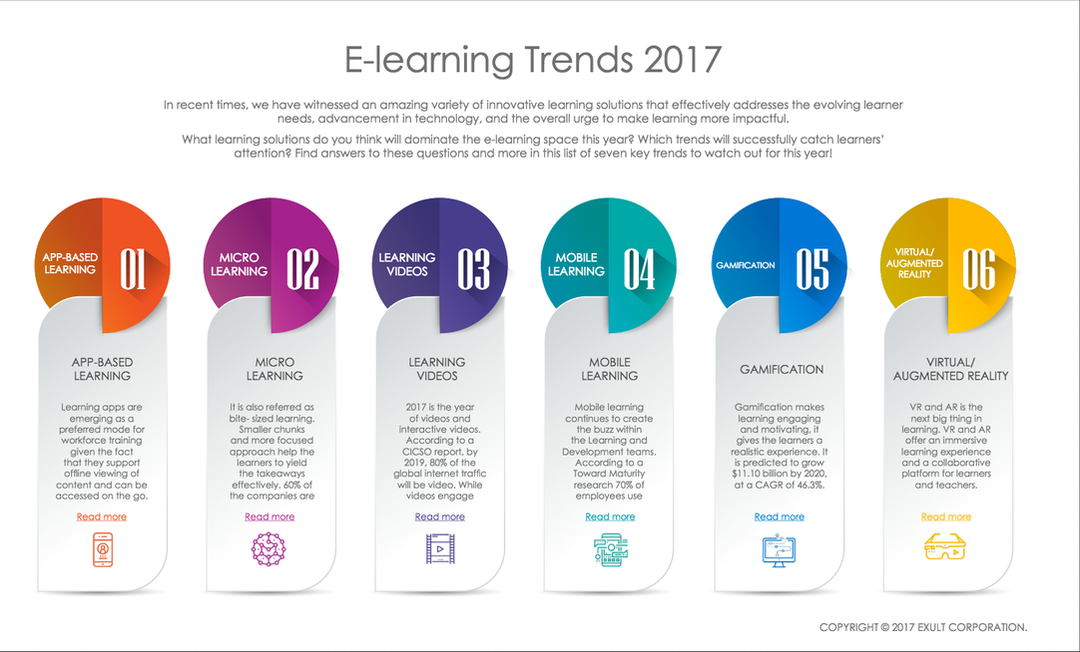On the platform: No more teachers, no more books?
"Digital technologies and the corresponding online tools they provide are not ends in themselves. On the contrary, they are a means to the end of transforming the educational process. The capability of online technologies functions as added value to the human dimension fundamental to face-to-face learning situations."
- Barrera, Ho, Garcia, Traphagan and Chang, 2003, p. 7

